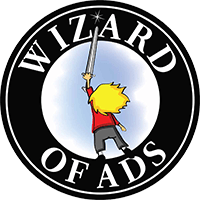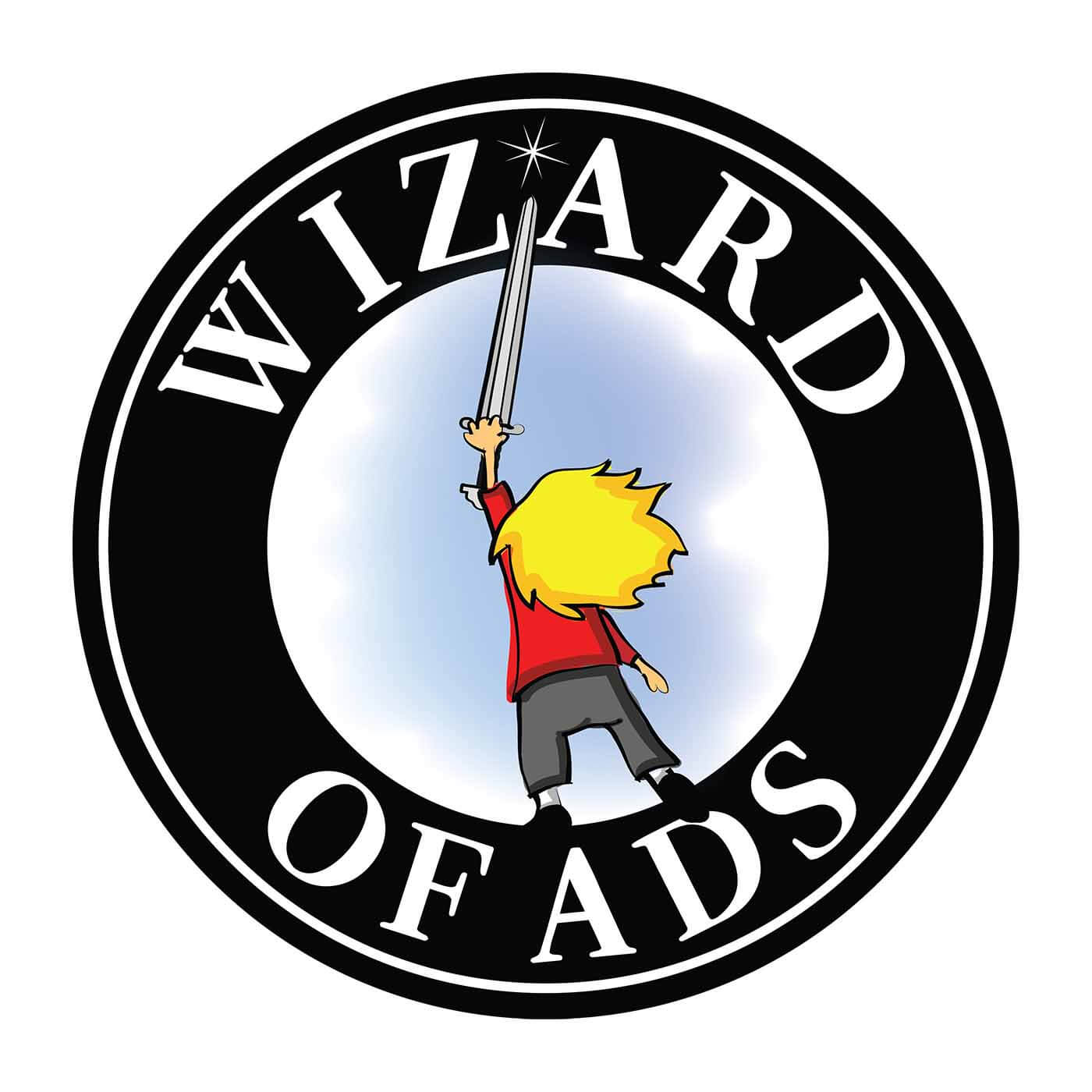full
How Does Advertising Work?
I have a friend who is a famous online marketer. Last week he sent me an observation I found interesting. It occurred to me that you might find it interesting as well.
“Now that targeting is pretty much dead on Facebook and Instagram, I have a theory that the rules of reach and frequency that have always applied to radio will also apply to social platforms as they shift away from micro-targeting and toward looking more like mass media.”
[Frequency means repetition. – editor]
And then he asked a question.
“Can you remind me again what your magic formula is for reach and frequency when buying radio ads? I know this is a bit like someone asking me how to spell SEO, but this came up in a conversation I was having with a buddy the other day and I felt stupid that I couldn’t remember it.”
Happy to help. Here’s what you’re looking for:
APE = Advertising Performance Equation
Share of Voice x Impact Quotient = Share of Mind
Share of Mind x Personal Experience Factor = Share of Market
Share of Market x Market Potential = Sales Volume
1.Share of Voice: How much of the noise in your category in your marketplace is your noise? (All media combined, including word of mouth)
2.Impact Quotient: The average impact of a message in your category is 1.0. If your ads are 30% better than average, you score a 1.3. If your ads are 10 percent weaker than average, you score a 0.9 … the Impact of your message can accelerate or reduce your Share of Voice
3.Share of Mind is the percentage of real estate you own in your category in the mind of the average customer.
4.Personal Experience Factor is likewise measured with a 1.0 being, “exactly the experience your customer expected.” Anything above a 1.0 is a delight factor. Anything below a 1.0 is depth of disappointment. Online reviews are just measurements of a customer’s Personal Experience Factor
5.Share of Market is your sales volume as a percentage of the total sales available in your category, in your marketplace.
For a message to enter Declarative Memory (mid-term memory – longer than Working Memory – but not yet Procedural Memory, which is involuntary, automatic recall,) a message should be repeated to the same individual at least 3 times within 7 night’s sleep. Further research has lowered this number to as little as 2.5 repetitions per week.
The more memorable the message, the less repetition is required. Therefore, the only way to beat the system (Google) and save money is to create messages that are highly memorable. NOTE: Any limited time offer with a call-to-action is erased from declarative memory when the “limited time” window is closed. This is why you cannot build a brand with Direct Response calls-to-action.
To become a household word and enter long-term Procedural Memory, you need to hammer your message into the mind of your target at least 2.5 per week for at least 3 years. But even then, it will fade within 24 months after your ads disappear, assuming that your ads have only the average 1.0 Impact Quotient. But a message – or an experience – with a significantly higher Impact Quotient can enter Procedural Memory and become automatic, involuntary recall, with only a single repetition. PTSD is an example of this.
The key to absolute category dominance is to elevate your Impact Quotient and Personal Experience Factor to numbers above 2.0.
In other words, you’ve got to have awesome ads and deliver an amazing customer experience.
But you already knew that.
“This is perfect. Thank you. Have any of your partners tested APE in social ads (FB, IG, TikTok, etc.) to see if the numbers hold up? I would have to assume that Share of Voice would be difficult to lock down given that the media is so mass and it’s obviously easier to scroll past a social ad than it is to skip a radio ad, but it would be interesting to run an impression campaign set at 5 impressions per week (2X the 2.5) to see how long it would take to move the needle on overall leads and sales.”
We haven’t tested the APE online. You get to be the official pioneer.
“Game on.”
ONE LAST THING:
The reason that so few people lift their companies to the level of category dominance is that they chicken out, pull the plug and proclaim, “That didn’t work.”
Messages written to accomplish Customer Bonding don’t work immediately. Building a relationship takes time.
If you are conditioned to seeing urgent, direct-response ads deliver quick results, you will soon become convinced that your Customer Bonding campaign isn’t working.
The majority will bail out within the first 4 months. I’ve seen campaigns take as long as 7 months before they emerge from the darkness into the sunlight. But once you reach breakthrough, your Customer Bonding campaign will work better and better the longer you keep moving your message forward. And then you wake up one morning and the competitor in second place is so far behind you that they don’t even show up in your rear-view mirror.
Game over.
Roy H. Williams

